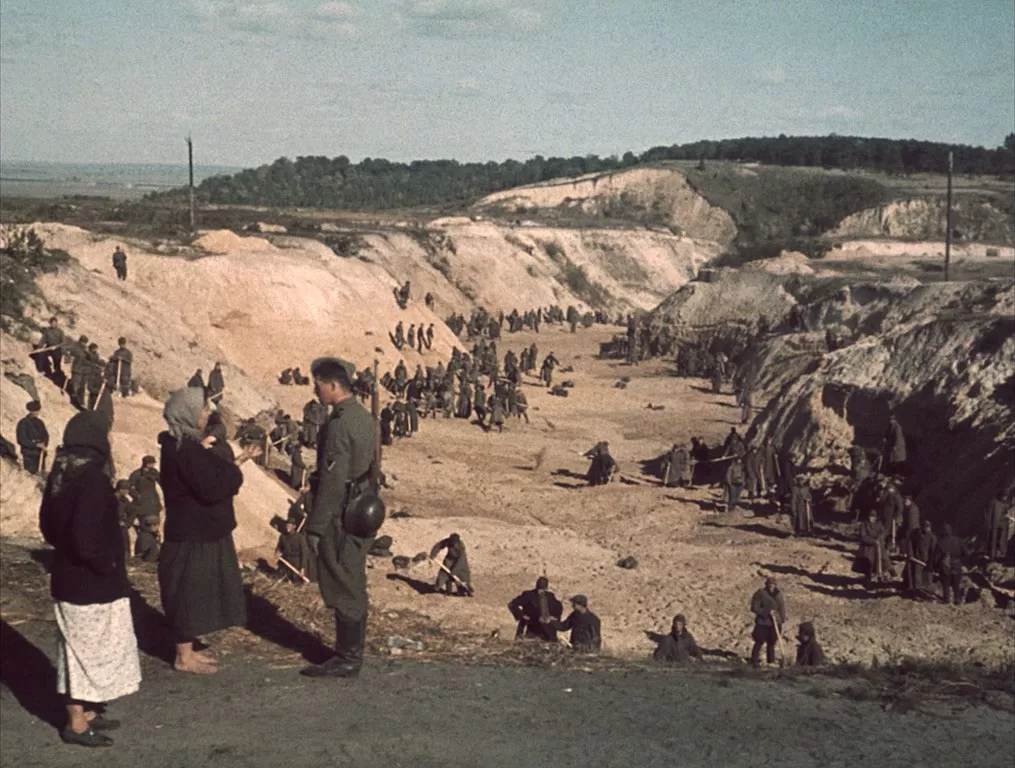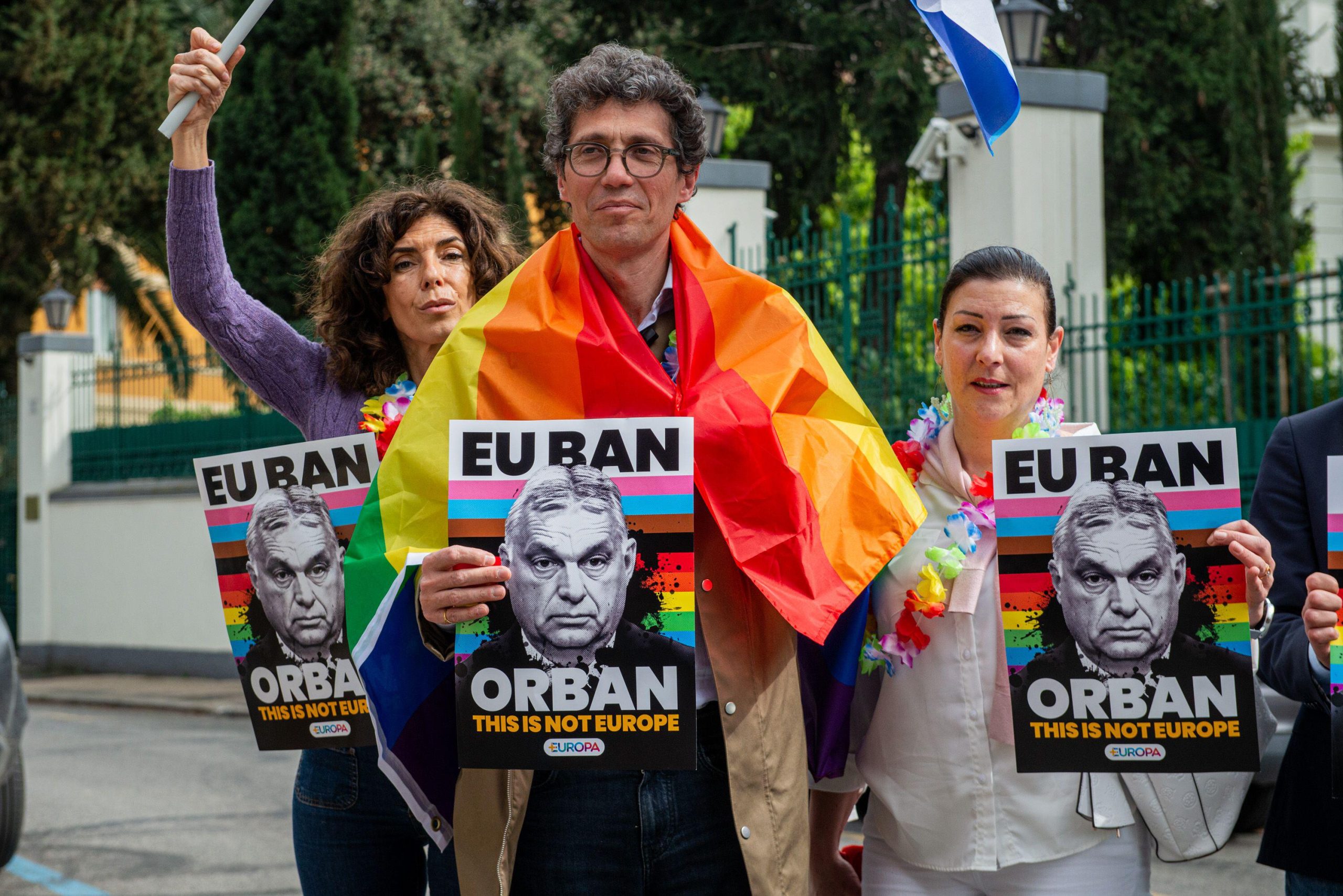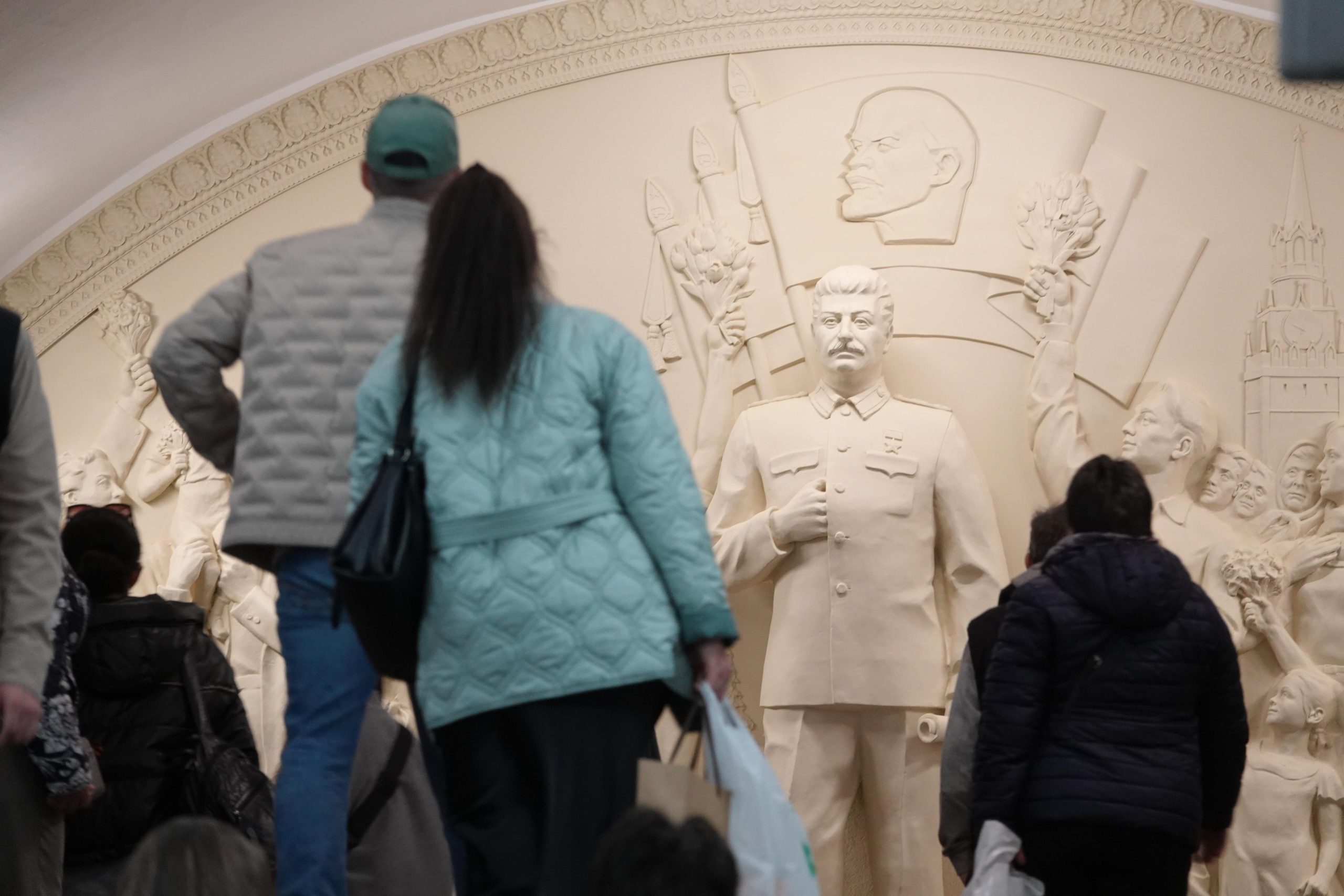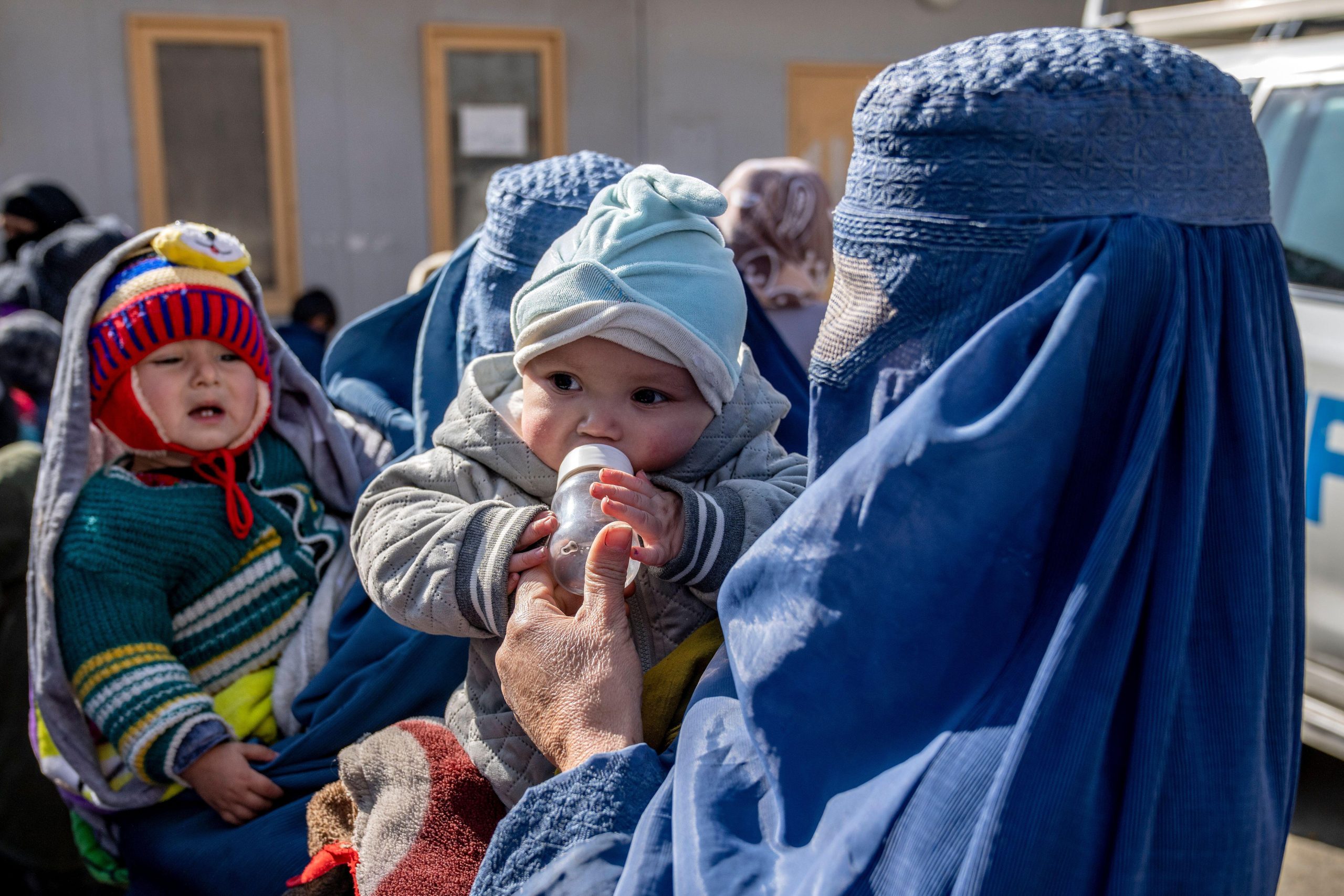The Babyn Yar massacre is one of the bloodiest atrocities in Ukraine’s dark history. In late September 1941, 33,771 Jewish residents of Kyiv were herded by the Nazis into a ravine (“Babi Yar” in Russian, “Babyn Yar” in Ukrainian) on the outskirts of the city. Over a two-day period, the victims were shot and buried in mass graves as part of what became known as “the Holocaust of Bullets”.
Oleg Chorny’s small-budget feature documentary From Babi Yar to Freedom tells the story of the massacre through the lens of Soviet defector and writer Anatoly Kuznetsov, who first revealed the full scale of the atrocity to the world when he escaped to the UK in 1969. The film was completed in 2017, five years before Russia’s full-scale invasion of Ukraine, and is an extraordinary tribute to Kuznetsov’s determination to tell the truth in the face of a wall of Soviet censorship and disinformation.
Chorny’s documentary deserves a wide international audience, but in an irony that would not be lost on the dissidents of the 1960s, no one can see it because of a rights dispute over the central archive interview in the film owned by the giant US TV corporation CBS.
In July 1969, shortly after Kuznetsov defected, he gave a lengthy interview to the veteran CBS news journalist Morley Safer in which he opened up about his decision to escape the Soviet Union. Kuznetsov went to London, accompanied by a KGB minder, to research the time Lenin had spent there in 1903, and secretly took with him film containing the text of the full version of his book Babi Yar: A Document in the Form of a Novel, stitched into his clothing. The book is based on eyewitness accounts of the massacre and Kuznetsov’s own boyhood diary.
Now, Chorny has been told that nine minutes of CBS footage from the Kuznetsov interview (freely available on YouTube) will cost $80,000 – more than the budget of the movie. Wazee Digital, a Colorado-based asset management company which negotiates on behalf of CBS, has refused to budge on this fee.
Chorny told Index that the fate of the film and the fate of Kuznetsov were intertwined in his mind. “I’m sorry, you must understand that the story with this film is a sad story for me because it was not released… But if something happened and this movie was released, I think it would be so important, because nothing has changed from these times with the KGB. You can call it the FSB, but it does not matter.”
In the documentary, Chorny follows Ukrainian writer Stanislav Tsalyk as he tracks down traces of Kuznetsov – who died in 1979 – in Kyiv and then in London. Tsalyk travels to the UK with Kuznetsov’s son Olexiy, who remained in the Soviet Union. In one of the most moving scenes, Olexiy stands next to his father’s unmarked grave in Highgate Cemetery. Olexiy, too, has now died without seeing the film released.
The story of Kuznetsov is a classic Cold War tale, but it is much more than that. It is a story about how stories themselves are told, how they can be misrepresented, and how they are suppressed.
Kuznetsov’s Babi Yar has had many lives and suffered multiple rounds of censorship. When it was first published in the Soviet Union in 1966, the censor made cuts that underplayed the suffering of the Jews. In the Soviet narrative, Babi Yar was known as a Nazi act of horror against Soviet citizens. The Jews of Kyiv were thus doubly erased: once literally and then historically. This was not all that was removed from the original text: references to cannibalism during the Ukrainian famine, the Holodomor, where millions died as a direct result of Stalin’s policies, and parallels between fascism and communism were all excised. Anything, in fact, that showed the Soviets as less than heroic.
The whole uncensored version is recognised as a singular masterpiece. The first chapter, Ashes, begins: “This book contains nothing but the truth.” The typefaces of the book reveal its troubled publication history, with the original text in plain type, previously censored passages rendered in bold, and later additions from Kuznetsov in square brackets.
Oddly, this adds to the experience of reading Babi Yar. Its fragmented text suits the battered and broken subject matter.
Take the following passage about Dina Pronicheva, a 30-year-old puppet-theatre actor and survivor of the massacre who later gave evidence against the Nazis. “Dina went across the hillock and sat down. Everybody there was silent, crazed with fright. She was afraid to look up: somebody might recognise her, quite by chance, and cry out: ‘She’s a dirty Jewess!’ These people would stop at nothing to save their own skins. For that reason she tried not to look at anybody, and nobody looked at her. Only an old woman sitting next to her in a fluffy knitted scarf complained quietly to Dina that she had been seeing her daughter-in-law off and had got caught… But she herself was a Ukrainian, she was no Jewess, and whoever thought it would come to this? They had all been seeing people off.”
The censored words in bold give the episode a very different meaning and emotional impact.
When Babi Yar was republished in a Vintage Classics edition in the UK last year under the title Babi Yar: The Story of Ukraine’s Holocaust, it didn’t receive the attention it deserved.
When I talked to Chorny in Kyiv over Zoom, I suggested that this latest episode in the story of the massacre is part of a pattern. I said: “Even if you go back to the origins of the story… This is a story about silence. It’s a story about censorship. It’s a story about not being able to tell the story and so…”
Chorny stopped me and said my interpretation did not go far enough: “Excuse me, this is a story of a totalitarian system which is the same as the Nazi totalitarian system. And this is a story of resistance – Anatoly Kuznetsov’s personal resistance, I mean: to escape to publish the full version in the West.”
Josephine Burton of Dash Arts has been pushing for the release of Chorny’s film since 2021, when her organisation began work on Songs of Babyn Yar, a music and theatre project that used Kuznetsov’s text in the production. Burton, who also championed the cause of the Crimean Tatars in Dash Arts’ 2022 performance Crimea 5am, told Index: “Oleg Chorny’s documentary needs to be seen. It tells a remarkable story, a vital contribution to the history of Ukraine and the Holocaust. This film should not be silenced.”
Chorny has also gained the support of the Koffler Centre in Toronto, which ran a series of events about the Babyn Yar massacre last year, including a Zoom discussion with Chorny and his team.
In the meantime, Chorny describes life in Kyiv: “We are living some kind of surrealistic reality. This is mixed with news from the front from our colleagues and friends. A lot of losses. Especially in the last year, we buried a lot of friends and some colleagues who disappeared on the front line.”
But the director has kept himself busy. Chorny has made a short film, Kyiv in the Days of War, about the aftermath of the Russian attacks in 2022, and three 15-minute films in a series about creativity and the Ukraine conflict: Art in the Land of War. In one of these, If I Stop It Means They Win, sculptor and graphic artist Oleksandr Smyrnov says: “I think that if they prevent me from doing what I’m good at and what I want to do, then they have won. That’s why I’ll keep doing it.”
Two years ago, an appeal to raise money for a headstone for Kuznetsov in Highgate cemetery raised more than $1,300. In another twist in the story, his surviving daughter has not given her permission for it to be erected. The best memorial would be the release of From Babi Yar to Freedom. [CBS was approached for a comment on this story.]






